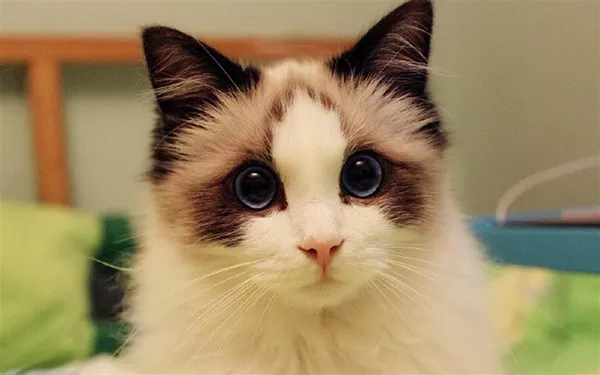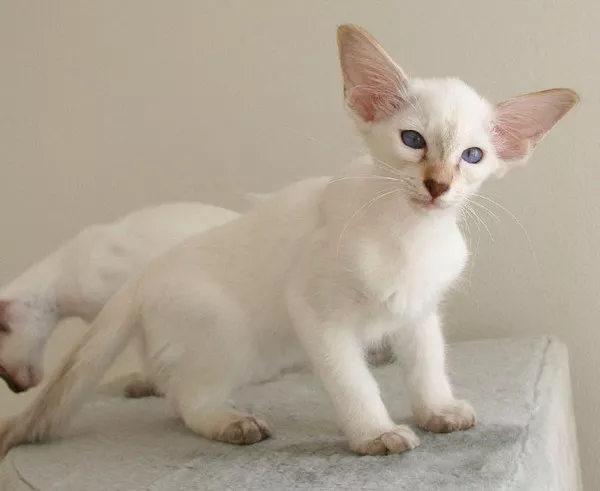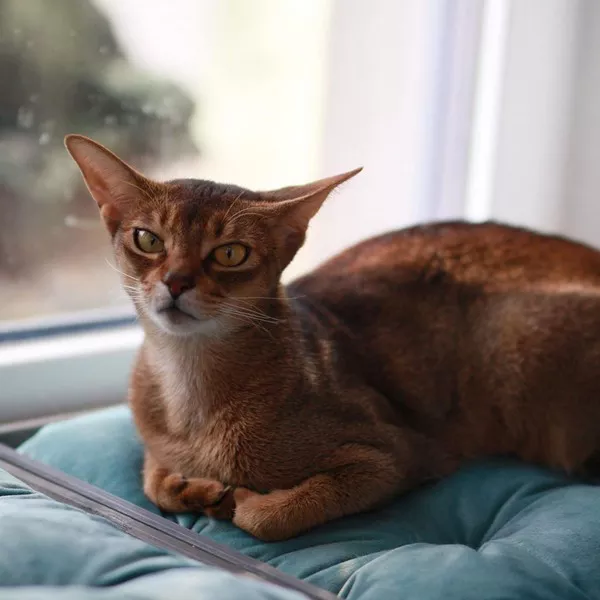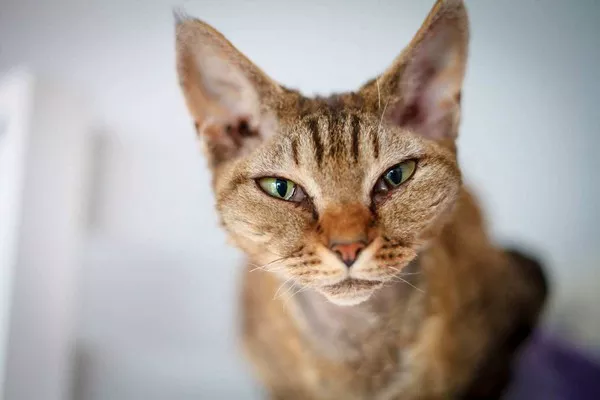Cats are renowned for their grooming habits, spending hours meticulously cleaning themselves. However, despite their best efforts, matted fur can become a common issue that affects both short-haired and long-haired felines. Understanding the causes of matted fur and learning effective detangling techniques are essential for maintaining your cat’s coat health and overall well-being. In this article, we’ll delve into the factors behind matted fur, provide step-by-step guidance on detangling, and offer preventive measures to ensure your feline friend enjoys a comfortable and tangle-free coat.
1. Understanding Matted Fur
What Are Mats?
Mats are clumps of tangled fur that form when shed hair becomes intertwined and compacted. They can occur close to the skin, causing discomfort and potential skin issues if left unaddressed.
Common Problem Areas
Mats often form in areas where friction occurs, such as behind the ears, under the armpits, along the belly, and at the base of the tail.
2. Causes of Matted Fur
Shedding
Shedding is a natural process in cats, and loose hair can become trapped and tangled, leading to mat formation.
Lack of Grooming
Cats with health issues, obesity, or limited mobility may struggle to groom themselves effectively, increasing the likelihood of matting.
Coat Length
Long-haired cats are more susceptible to matting due to their dense coats, which require regular and thorough grooming.
Moisture and Dirt
Moisture, dirt, and debris can cause fur to clump together, forming mats that become difficult to untangle.
3. Detangling Techniques
Gather Supplies
Before starting, gather tools such as a fine-toothed comb, detangling spray, and grooming scissors.
Patience and Gentle Approach
Detangling requires patience. Approach your cat calmly, and use gentle strokes to avoid causing discomfort.
Start at the Tips
Begin detangling at the tips of the fur, working your way towards the base of the mat. Use short strokes and avoid pulling.
Detangling Spray
Spritz a detangling spray on the mat to make the fur more manageable. Gently comb through, gradually loosening the tangles.
Scissors Caution
If the mat is too tight or close to the skin, it’s best to consult a professional groomer or veterinarian before using scissors.
4. Preventive Measures
Regular Grooming
Consistent grooming is key to preventing mats. Brush your cat’s coat regularly to remove loose hair and prevent tangles.
Special Attention to Long Hair
Long-haired cats require extra care. Use a brush designed for their coat type and establish a grooming routine.
Weight Management
Maintaining a healthy weight reduces the risk of obesity-related grooming challenges that can lead to matting.
Environmental Enrichment
Provide scratching posts, toys, and interactive playtime to keep your cat engaged and encourage self-grooming.
Professional Grooming
Schedule regular visits to a professional groomer, especially for long-haired breeds, to ensure their coat stays healthy.
5. Expert Insights
Veterinarian Recommendations
Dr. Emily Smith, a renowned veterinarian, advises, “Regular grooming is essential to prevent mats. Cats who struggle to groom themselves due to age, health issues, or obesity benefit from regular professional grooming.”
Grooming Products
Explore cat-friendly grooming products, such as detangling sprays and specialized brushes, recommended by experts.
6. Conclusion
In conclusion, matted fur is a common issue that can affect cats of all breeds and coat lengths. Understanding the causes of matting and implementing effective detangling techniques are essential for maintaining your cat’s coat health and overall comfort. Regular grooming, preventive measures, and professional assistance when needed can help prevent mats from forming and ensure that your feline companion enjoys a tangle-free and contented life. By nurturing your cat’s coat through proper care and attention, you contribute to their well-being and strengthen the special bond you share.



























